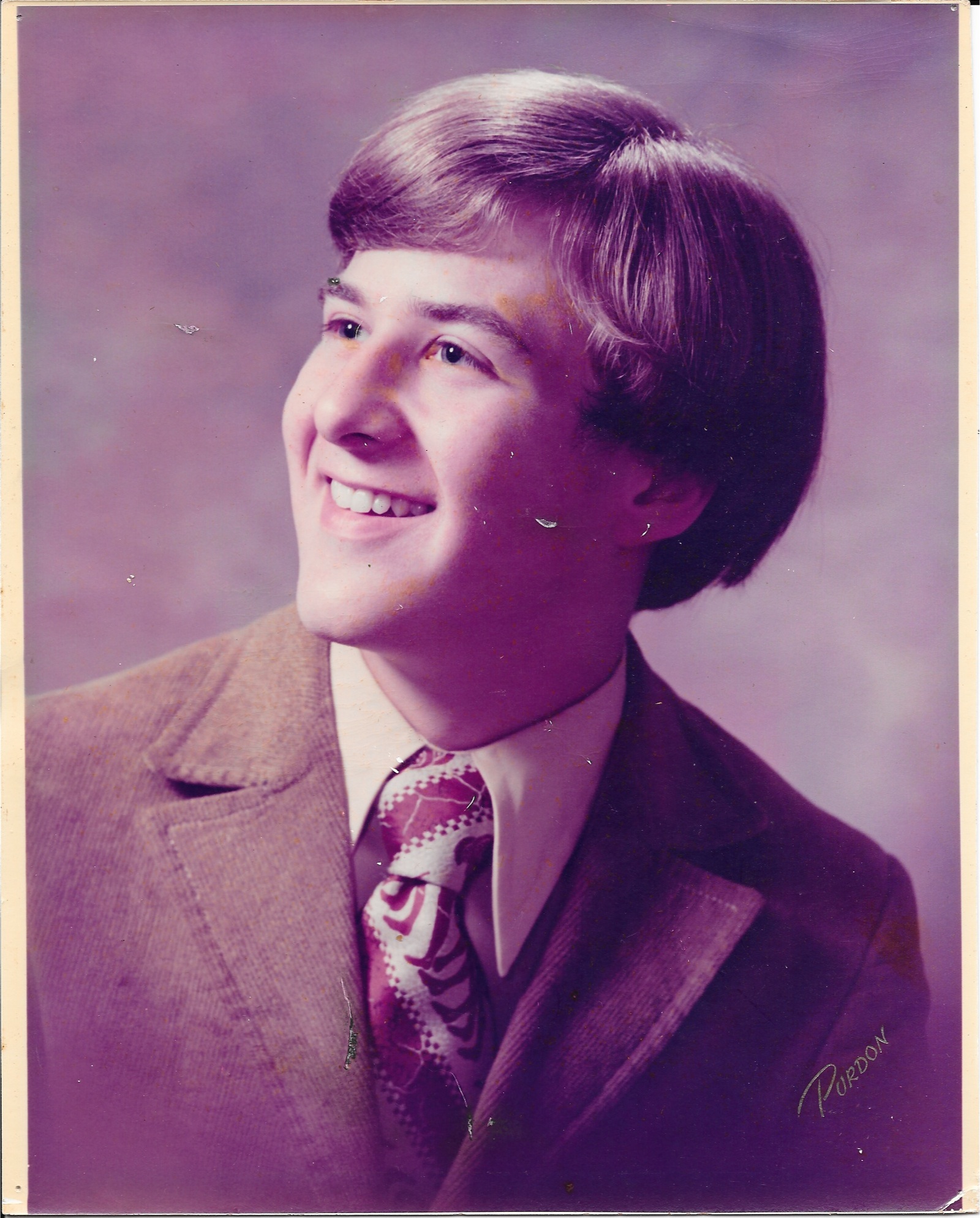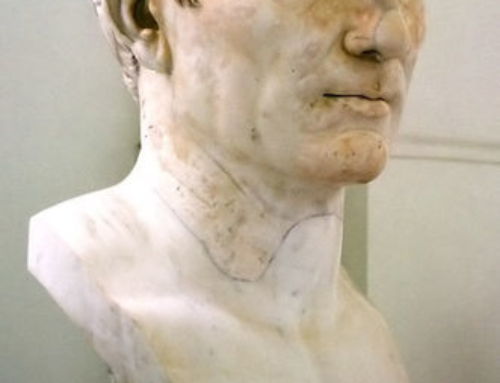The other day I was talking with a Catholic who was having difficulties with the doctrine of transubstantiation. Not surprisingly, he was educated in a Catholic school in the seventies and was told by a teaching sister that the bread and wine are symbols of Jesus’ body and blood.
Not good.
This is how I explain it: First of all, in the Middle Ages, where we got this term “transubstantiation” the word “substance” means just about the opposite of what we think it means. When we say “substance” we mean the physical stuff–the material elements that we can perceive with our five senses. The medieval folks, on the other hand, used the term to refer to the invisible reality of the thing.
See, in our downstairs loo we have a whole gallery of family photos. There is one from about 1958 when I’m two years old in my Dad’s arms with a quizzical expression on my face. Then there is a family picture when I was about 14. Then there is my high school graduation picture (which graces this post) Yes. I was an American teen in 1978, and yes, I had hair.
Then there is a picture of me at Oxford and a few years later at Cambridge, then our wedding, then when I’m fifty and just been ordained as a Catholic priest.
In each of the pictures you can see it is the same person, but in each of the pictures it looks like a very different person. The physical dimension changes, but there is an invisible part of “Dwight” that does not change. That part changes too, but this is what we call sanctification, but that’s another topic altogether. Stick with the idea that the invisible “Dwight” is the essence of me and is the eternal part.
Its the same with the bread and wine. The bread started as a seed in the ground. Then it was wheat in the field. Then it was harvested and broken up by the thresher. Then it was flour. Then it was mixed with water. Then it was baked. Then it was bread. Through all that there was an essence, or an invisible dimension, and that is what changes at Mass and becomes the Body of Christ.
That’s why we say it is the “Real Presence” because it is the real part of the bread and wine that is transformed into the Body and Blood of Christ.
Even when we understand this philosophical explanation, however, we should be reminded that it is no more than that. The mystery itself is greater than any of our philosophical explanations. The philosophical explanations help us to understand it with our head, but we are called to worship and adore with our heart, mind, soul and strength.
And that’s where it all gets not only really interesting, but really powerful.







Leave A Comment
You must be logged in to post a comment.